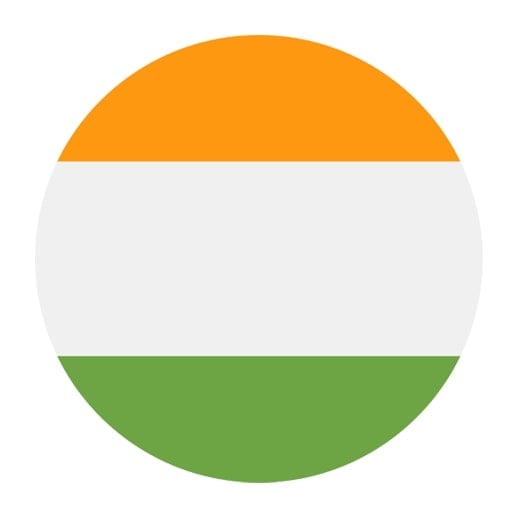Kannada Grammar
Excited to explore Kannada? Dive into Kannada grammar, which features rich verb conjugations, gendered nouns, and a logical case system that brings the language to life. Start learning today—mastering Kannada grammar will give you the tools to connect deeply with Karnataka’s vibrant culture and communicate with confidence in one of South India’s most expressive languages!
Get started
The most efficient way to learn a language
Try Talkpal for freeKannada Grammar: An Insight into the Richness of the Dravidian Language
Have you ever wondered about the linguistic diversity of India? As a language enthusiast or a curious learner, you might be interested in taking a closer look into one of the classical languages of India – Kannada. Kannada is a Dravidian language spoken predominantly in the southern state of Karnataka. It is the native language of approximately 44 million people, making it one of the major Indian languages. Let’s dive deep into the fascinating world of Kannada grammar and learn more about this beautiful language.
The Linguistic Alphabet: Kannada Script
Kannada script, also known as the “ಕನ್ನಡ ಲಿಪಿ” (Kannada Lipi), is an abugida – a writing system with syllabic alphabets. Each letter represents a different consonant-vowel combination. The script consists of 49 characters, including 34 consonants and 13 vowels. With a visually distinct appearance, the Kannada script is a wonderfully unique way to convey the language’s sounds and meanings.
Nouns, Pronouns, and Cases – More than Meets the Eye
Kannada nouns are unique due to their declension system – they follow a case system much like other Dravidian languages. There are eight cases in Kannada, which help to define the relationship between the noun and the other words in the sentence: nominative, accusative, instrumental, dative, ablative, genitive, locative, and vocative. Nouns in Kannada are also classified according to gender (masculine, feminine, and neuter) and number (singular, plural, and dual – a rare feature among Indian languages).
Pronouns in Kannada are fascinating as well. They carry distinctions for every person (first, second, and third), number (singular, plural, and dual), and gender (masculine, feminine, and neuter). Additionally, Kannada has several honorific forms of address, demonstrating the language’s cultural aspects of respect and politeness.
Venturing into Verbs: Tenses, Aspects, and Moods
Kannada verbs are characterized by a rich system of conjugation. Verbs are conjugated according to tense (past, present, and future), aspect (perfective or imperfective), and mood (indicative, imperative, and conditional). Further complexity is added with the presence of causative verbs and passive and active voices. The conjugation depends on the person, number, and gender, making Kannada verb forms highly inflected and intricate.
Adjectives, Adverbs, and More
Kannada adjectives and numerals agree with the nouns they modify in terms of gender, number, and case. Adjectives can be inflected in the same way as nouns and can even be combined to form adverbs. The language also uses various conjunctions, particles, and prepositions to bring together sentences and their components into a cohesive and expressive whole.
Embracing the Beauty of Kannada Grammar
The world of Kannada grammar is as fascinating as it is complex. The intricate case system, unique script, and highly-inflected verb forms give Kannada its charm and richness. By delving into the realms of this exquisite language, you gain a deeper understanding of the linguistic and cultural diversity of India.
So, why not explore the beauty of Kannada further? With passion and curiosity, you might soon find yourself enjoying the splendid literature, cinema, and music in this majestic language. Happy learning!








